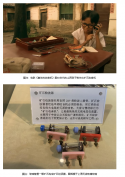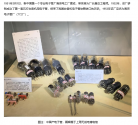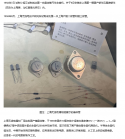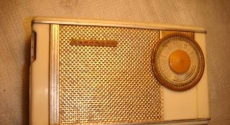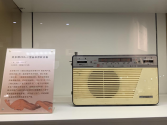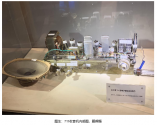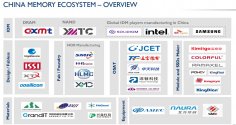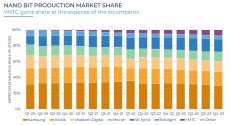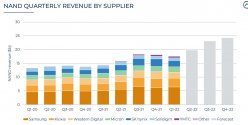That's not how it works. Its like saying a new phone manufacturer entering the business would have to start with iPhone 1 equivelant before going to iPhone 2, 3, 4 .... etc.
Definitely not. Yes, ASML will be more advanced but not on the basis of what you wrote
Yes, of course.
Who follows has always the advantage that someone else has "broken new ground" before him, so a lot of research can be speedup and a lot of failures and dead ends can be avoided. This is a general concept in industry: leaders and followers have both advantages and disadvantages, independently from who is the leader and who is the follower.
So I really didn't mean that China would need 15 years to close the gap. Just that SMEE probably will enter EUV at least 15 years after ASML.
How much it will take to close the gap? I really don't know, nobody knows.
My guess is that if SMEE shows a localized EUV machine before 2025, then it would be a very big surprise to me, if it shows it before 2030 it will be a huge success, but not a big surprise for me, because I know Chinese determination.
The 15 years time is actually what ASML CEO foresees: "In 15 years' time they'll be able to do it all by themselves"
His opinion is of course much more valuable than mine, and he knows much better than me, and than most of the people, what he is talking about...but if you read carefully, you will see that when he says 15 years, in his view this is a relatively short time, and he is very worried that China will close the gap too soon. I see he has huge respect for China's ambitions, for him 15 years to reach "tech sovereignty" has he called it, is a relatively short time.

